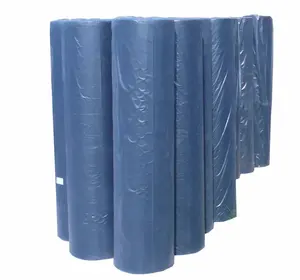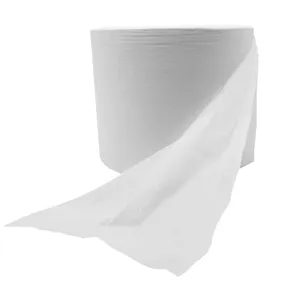Understanding Non Woven Fabric Price
When diving into the world of non woven fabrics, understanding the non woven fabric price is essential for businesses looking to procure materials for their operations. Non woven fabrics are becoming increasingly popular due to their versatility and economical cost, making them an attractive choice for various applications across different industries.
Types of Non Woven Fabric and Their Impact on Price
Non woven fabrics come in various types, each suited for specific uses and priced accordingly. Here are the main categories:
- Spunbond Non Woven Fabric: Known for its strength and durability, spunbond is one of the most affordable non woven materials available. Commonly used for bags, diapers, and protective apparel.
- Needle Punched Non Woven Fabric: This type offers a higher density and is perfect for applications requiring greater durability, such as carpets and geotextiles. The price tends to be higher due to the production complexity.
- Thermal Bonded Non Woven Fabric: A great choice for applications needing lightweight yet strong materials. Typically used in hygiene products, the price is moderate compared to other types.
- Synthetic Non Woven Fabrics: These include materials like polypropylene or polyester, which can be priced higher due to their unique properties, making them suitable for medical, automotive, and filtration applications.
Function, Feature, and Design of Non Woven Fabrics
The functionality and design of non woven fabrics contribute significantly to their pricing structure. Here are some key features:
- Lightweight and Breathable: Non woven fabrics are generally lighter than other fabric types, making them ideal for products that require breathability without sacrificing strength.
- Versatile Applications: Their diverse functionalities allow them to be used in numerous products, from packaging to agriculture, influencing supply and demand, which can affect price.
- Customizable: Non woven fabrics can be tailored in terms of thickness, texture, and color—all factors that can impact the final price.
- Cost-Efficient Production: The manufacturing processes for many non woven fabrics are relatively cost-effective, contributing to lower market prices. However, specialized processes can also drive price up.
How to Choose Non Woven Fabrics Based on Price
Selecting the right non woven fabric involves considering various factors intertwined with the non woven fabric price. Here’s how to make an informed choice:
- Assess Application Needs: Determine the intended use for the fabric. Medical use might warrant a higher price due to sterilization requirements.
- Compare Material Quality: Prices vary with the quality. Ensure that the non woven fabric meets your quality standards as this can affect overall performance and cost-effectiveness.
- Research Market Trends: Understanding current market rates can help you negotiate better prices, especially in bulk purchases.
- Local vs. Imported Fabric: Evaluate the cost difference between locally produced and imported non woven fabrics. Imported fabrics might come with shipping costs that can inflate the price.



















































































































































































































































